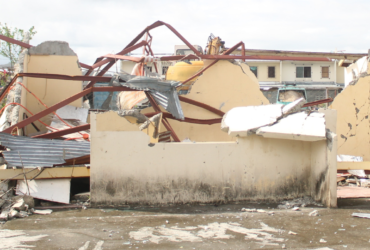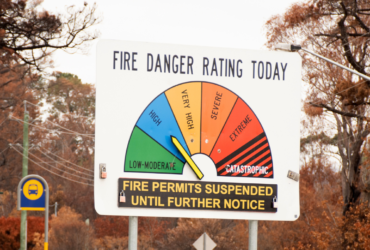
What you need to know about flood classifications (and how it impacts you)
November 6, 2023
Floods are a natural part of the Queensland landscape. Floods vary greatly in size, extent, duration, and frequency. No flood is the same, and as such floods can have different impacts.
Sudden, heavy, and intense rainfall can cause floods to quickly rise in the minutes or hours that follow. These are known as flash floods and are typically associated with relatively small catchment areas. Floods can occur slowly in large catchment areas, where rainfall can build up over hours, days or weeks. The runoff from this rainfall may create significant floods that inundate large areas of land for days, weeks, or months.
Floods impact both individuals and communities and have social, economic, and environmental consequences.
Through data collection and analysis, city administrators, hydrologists, engineers and planners identify and delineate those areas likely to be exposed to flood waters and where possible mitigate the likely impacts of future floods. Therefore, a flood prediction and or warning is of little value unless the community understands what it means with regard to the likely impact.
It is also really important to understand the flood risk for a property you are looking to purchase. Most Councils have flood maps that can go down to street-level data. Google your council and flood map, and links to the relevant map should pop up.
The Bureau of Meteorology (the Bureau) uses a three-tiered classification scheme that defines flooding as minor, moderate, or major at key river height stations, known as the river gauge locations. Each classification is defined by the water level that causes certain impacts upstream and downstream of the station. These levels have been determined and described based on standard descriptions of flood effects (see below), historical data, and relevant local information.
MINOR FLOODING – Causes inconvenience. Low-lying areas next to watercourses are inundated. Minor roads may be closed and low-level bridges submerged. In urban areas, inundation may affect some backyards and buildings below the floor level as well as bicycle and pedestrian paths. In rural areas, removal of stock and equipment may be required.
MODERATE FLOODING – In addition to the Minor flood effects, the area of inundation is more substantial. Main traffic routes may be affected. Some buildings may experience water above the floor level. Evacuation of flood-affected areas may be required. In rural areas, removal of stock is required.
MAJOR FLOODING – In addition to the Moderate flood effects, extensive rural areas and/or urban areas are inundated. Many buildings may be affected above the floor level. Properties and towns are likely to be isolated and major rail and traffic routes closed. Evacuation of flood-affected areas may be required. Utility services may be impacted.
Regardless of the flood type, it is our responsibility of members of the community to heed warnings and follow directions provided by our flood experts.
Rivers has also compiled a simple guide to help you with Flood Preparation
We invite you to download it today.



